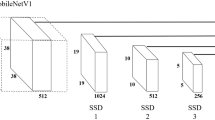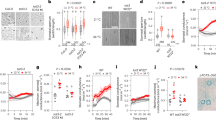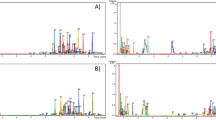Abstract
DURING the course of studies on stomatal movement of oil palms under field conditions, some effects of soil moisture on midday closure have been observed. These are of particular interest when examined in the light of the hypothesis of Heath and Orchard1 on the relationship between leaf temperature and midday stomatal closure.
This is a preview of subscription content, access via your institution
Access options
Subscribe to this journal
Receive 51 print issues and online access
$199.00 per year
only $3.90 per issue
Buy this article
- Purchase on SpringerLink
- Instant access to full article PDF
Prices may be subject to local taxes which are calculated during checkout
Similar content being viewed by others
References
Heath, O. V. S., and Orchard, B., Nature, 180, 180 (1957).
Molisch, H., Zeit. Bot., 4, 106 (1912).
Maximov, N. A., and Zernova, L. K., Plant Physiol., 11, 651 (1936).
Magness, J. R., Degman, E. S., and Furr, J. R., U.S. Dept. Agric. Tech. Bull., No. 491 (1935).
Author information
Authors and Affiliations
Rights and permissions
About this article
Cite this article
REES, A. Field Observations of Midday Closure of Stomata in the Oil Palm, Elaeis guineensis Jacq.. Nature 182, 735–736 (1958). https://doi.org/10.1038/182735a0
Issue date:
DOI: https://doi.org/10.1038/182735a0



